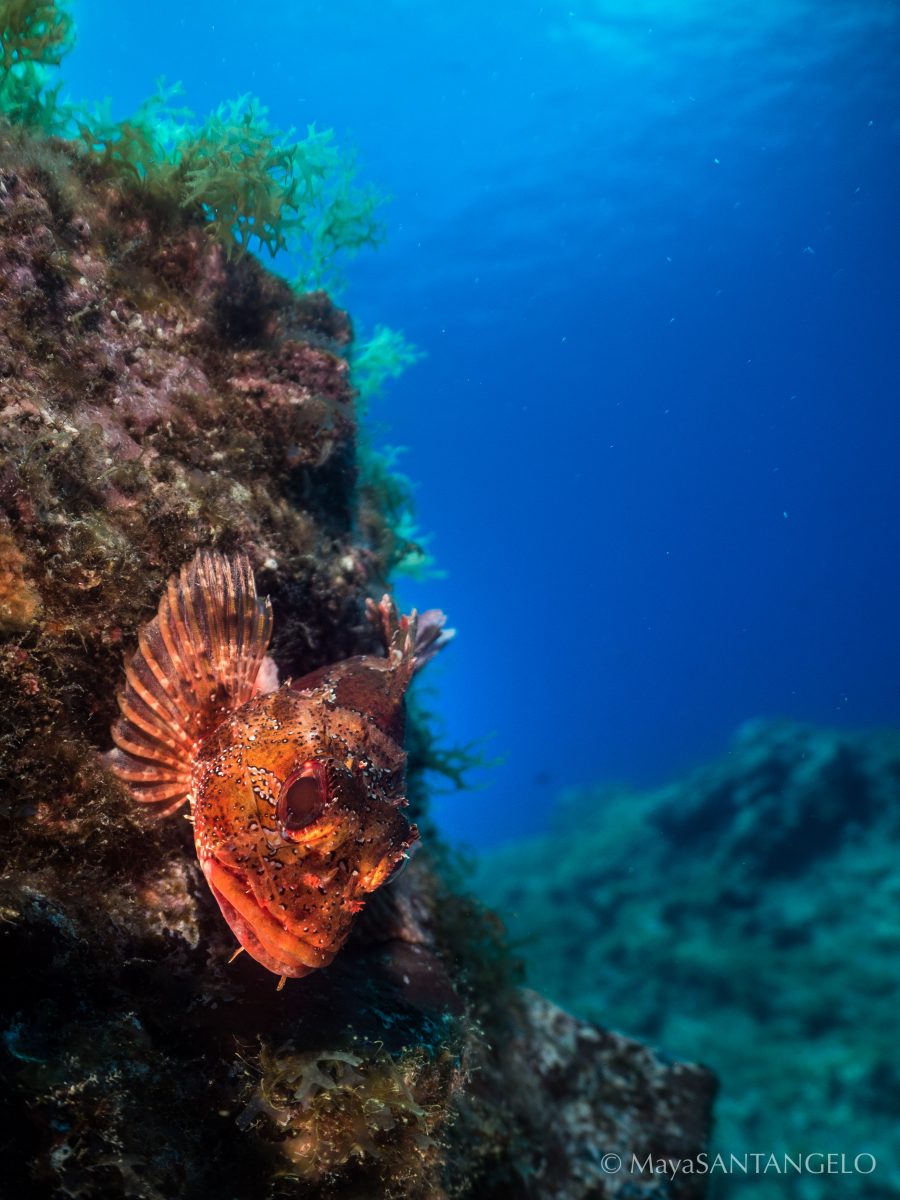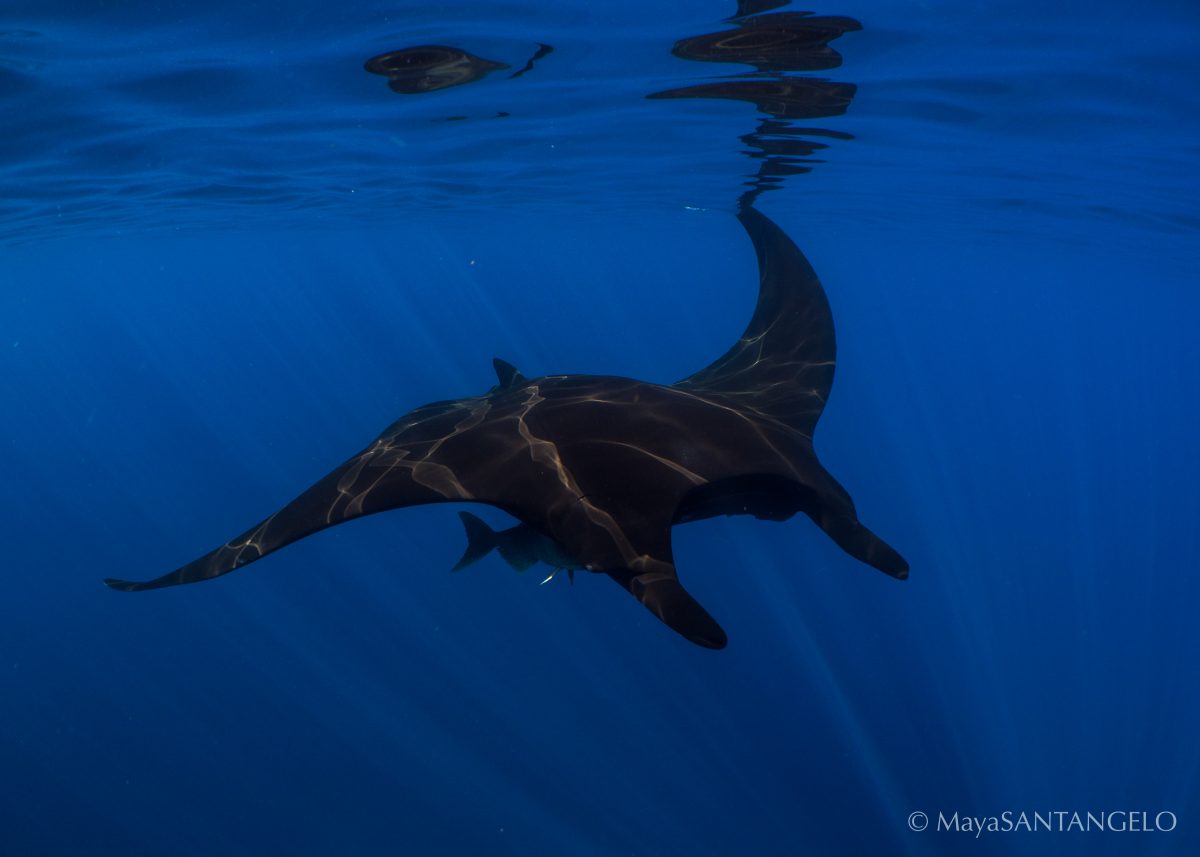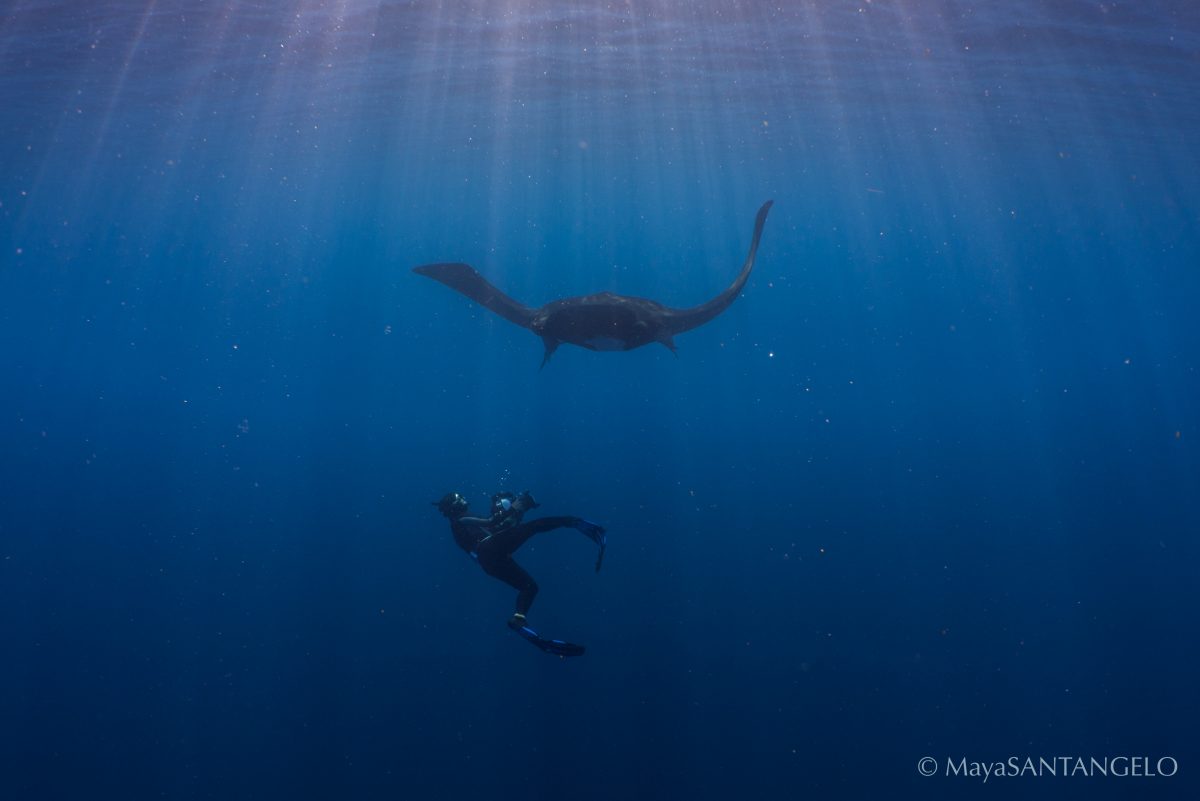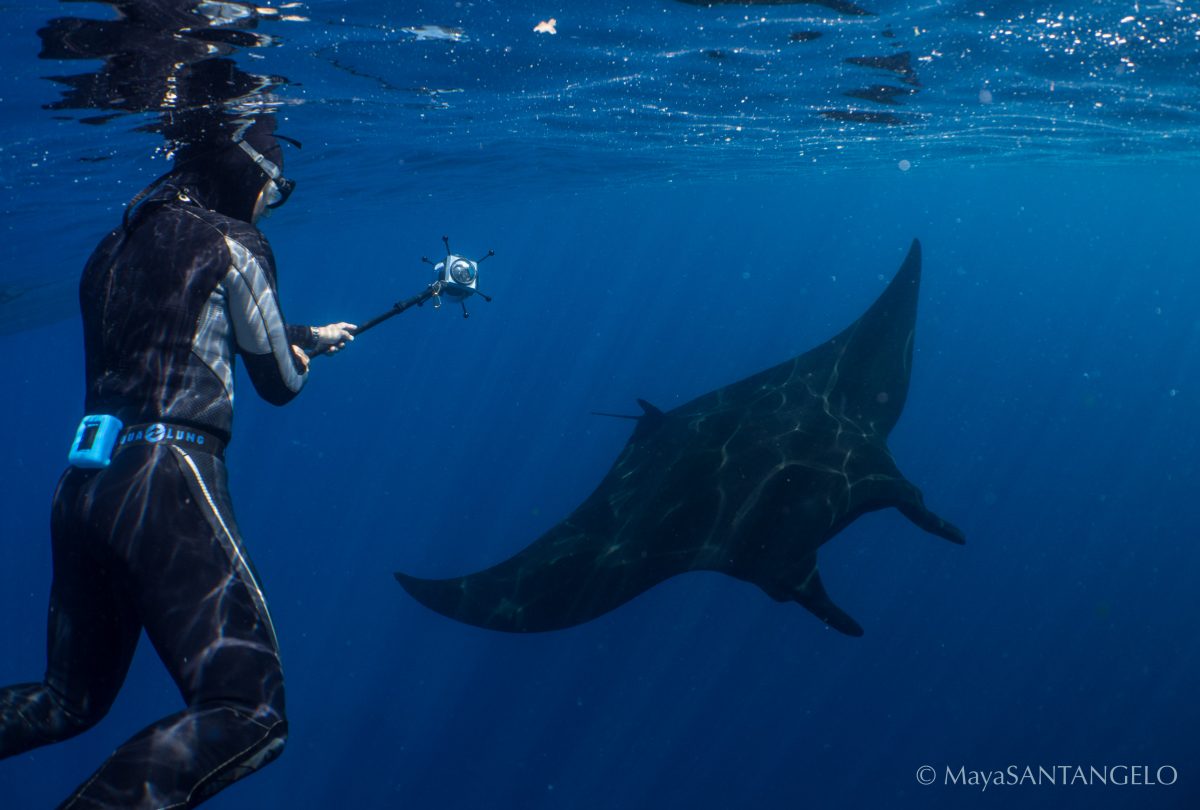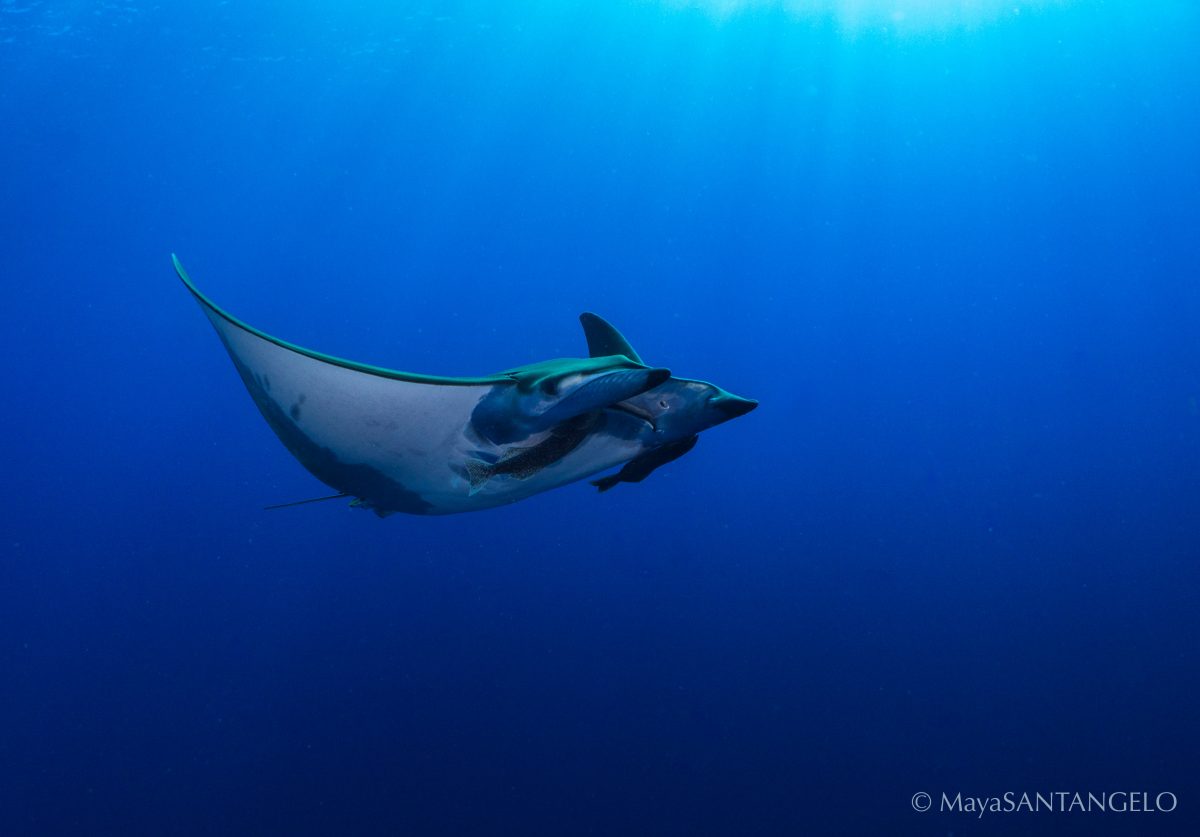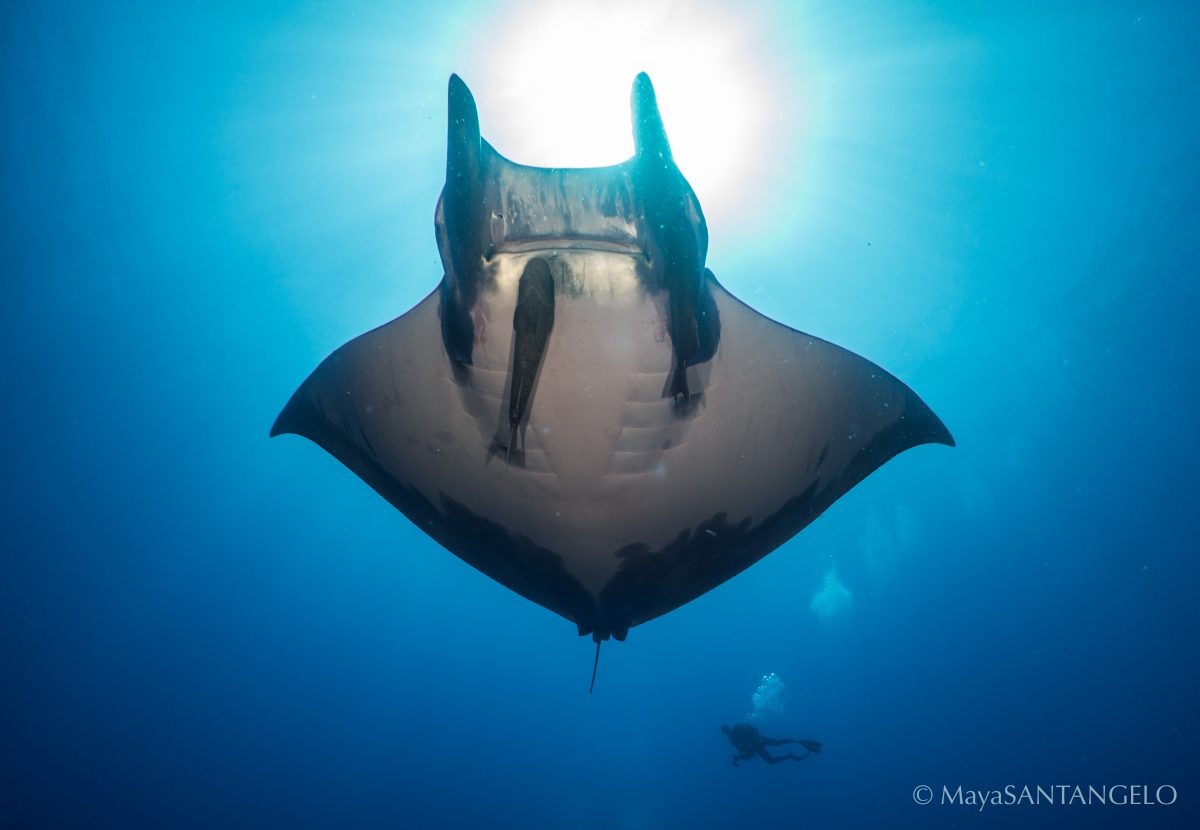I recently left Australia for several months of international scholarship adventures. My first stop was a tiny island called Santa Maria in the middle of the Atlantic Ocean – a place that I honestly didn’t know existed until I started my scholarship. Santa Maria is one of nine volcanic islands that make up the mid-Atlantic archipelago paradise of the Azores Islands, found about halfway between mainland Portugal and the United States. After nearly two full days of travel, I touched down on a runway near a cliff edge overlooking the Atlantic expanse with 2015 European Rolex Scholar, Danny Copeland, underwater filmmaker David Diley, and nearly 200kg of luggage between us.

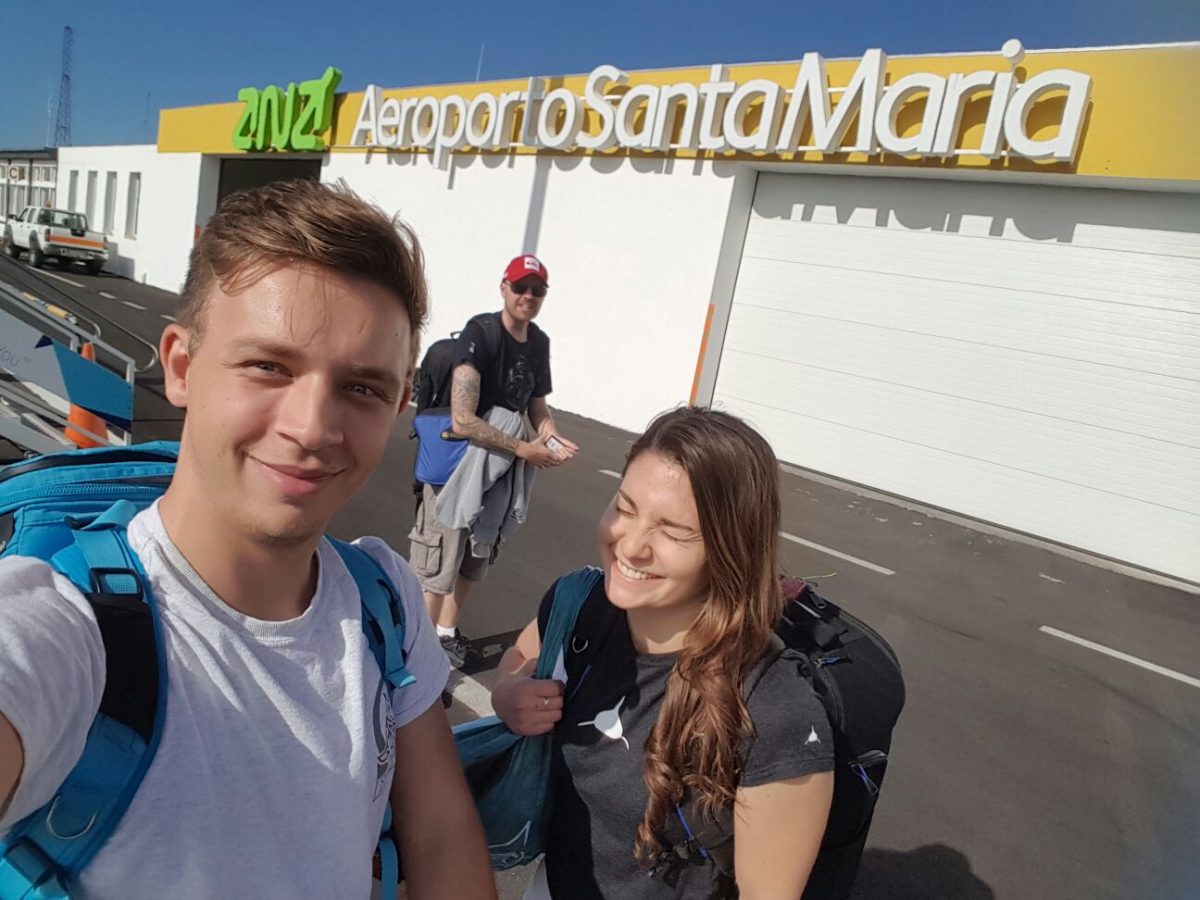
Danny had invited me to the Azores to join on a very exciting conservation media project – Love Mini Mantas – to document the story of the local populations of mobula rays (also known as devil rays), and research of local marine biologist, Ana Sobral, in 360 degree Virtual Reality. Virtual Reality is an exciting new frontier in media technology, particularly in the world of underwater imagery. Joining on this project, I was excited not only to gain an insight into what it takes to put together an underwater film (and help/laugh at Danny during his first official production), this particular project was linked to a very unique conservation initiative.


This year, at the 2016 CITES CoP17, all nine species of mobula rays were being proposed for listing on Appendix II. While I will go into more detail about what this means and it’s significance in conservation later (stay tuned for Part Two of this story in my next blog!), a listing on a CITES Appendix allows international protection with regards to the trade of commercially exploited species. The CITES convention essentially involves political members from delegate nations from all around the world coming together to discuss and decide on the future of the conservation of marine and terrestrial species. With the reality being that a vast majority of these voting delegates are individuals that have likely never seen a mobula or manta ray, let alone may have never been underwater before, Danny’s goal behind creating this virtual reality film was therefore to bring to the conference the next-best-thing to taking these voting delegates on a dive with mobula rays.
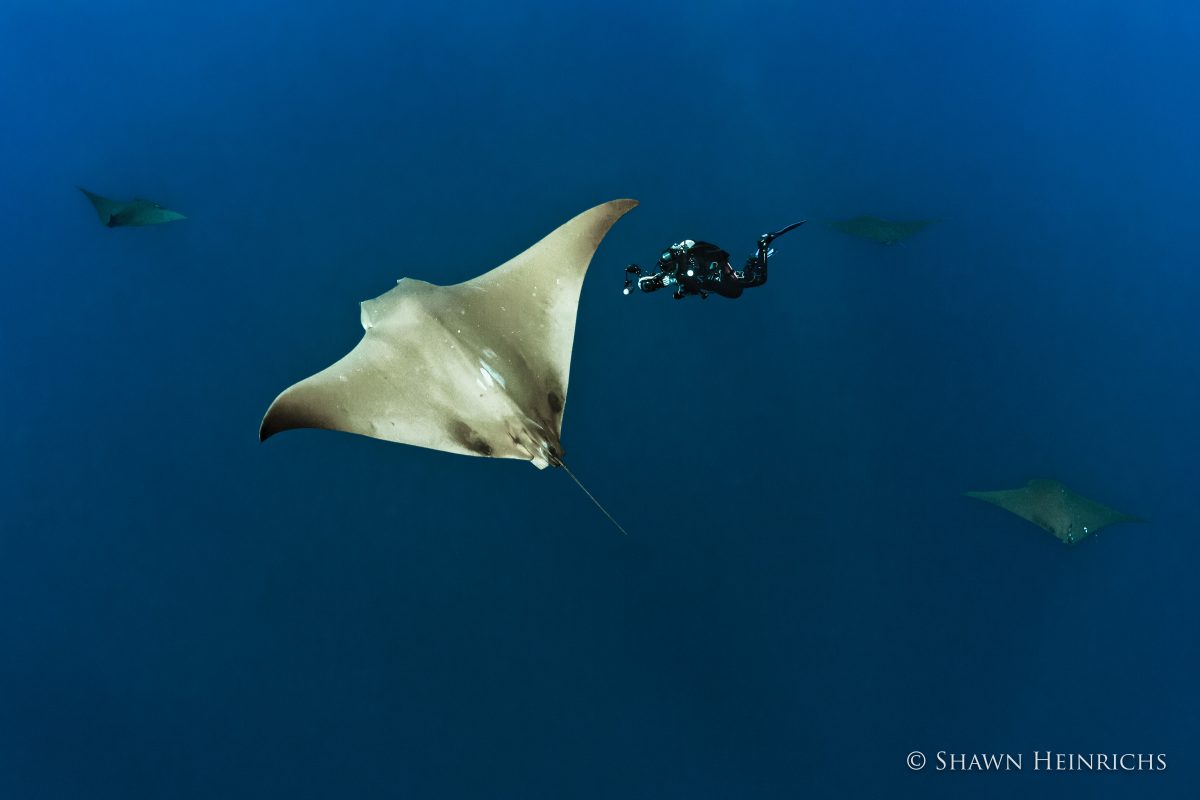
The Azores Islands are one of the only locations in the world where populations of Mobula tarapacana are known to reliably aggregate, and are therefore an ideal location to study them. Local marine biologist, Ana Filipa Sobral, created her research project, Manta Catalog Azores, to document the local populations and learn as much as possible about them.

Ana’s fascination with the mobula rays stems from how mysterious they are – they are such beautiful, graceful animals, yet there remains so much to be known about them. Despite their listing as “data deficient”, mobulas face similar threats and serious population declines as manta rays, by being targeted by commercial and illegal fisheries to supply the gill plate trade. Ana’s project is therefore essential to contributing to our understanding of these elusive animals, and ultimately their protection and management. You can read more about Ana’s research here – and if you’d like to help support her research, you can purchase one of Manta Trust’s #LOVEminiMantas campaign t-shirts, with all proceeds going to funding an underwater camera to help Ana better document the mobulas of Santa Maria 🙂

Thanks to the support of the amazing Jorge Botelho, we were generously hosted and accommodated by Manta Maria Dive Centre for the duration of the project to help us spend as much time as humanly possible diving the underwater mountains around Santa Maria, and the Ambrosio sea mount soon became our second home.
Santa Maria is just as spectacular underwater as it is above, and diving around this beautiful island in the middle of the Atlantic Ocean was a real privilege. The water is the richest, most incredible blue I have ever seen, and the stunning volcanic cliffs we passed every day to get to our dive sites were nothing short of jaw dropping.
Underwater, the temperate rocky reefs form dramatic seamounts, pinnacles, and cave structures that are teaming with temperate fish life – from small, colourful antheas and wrasse, to curious dusky groupers and even charismatic giant manta rays.
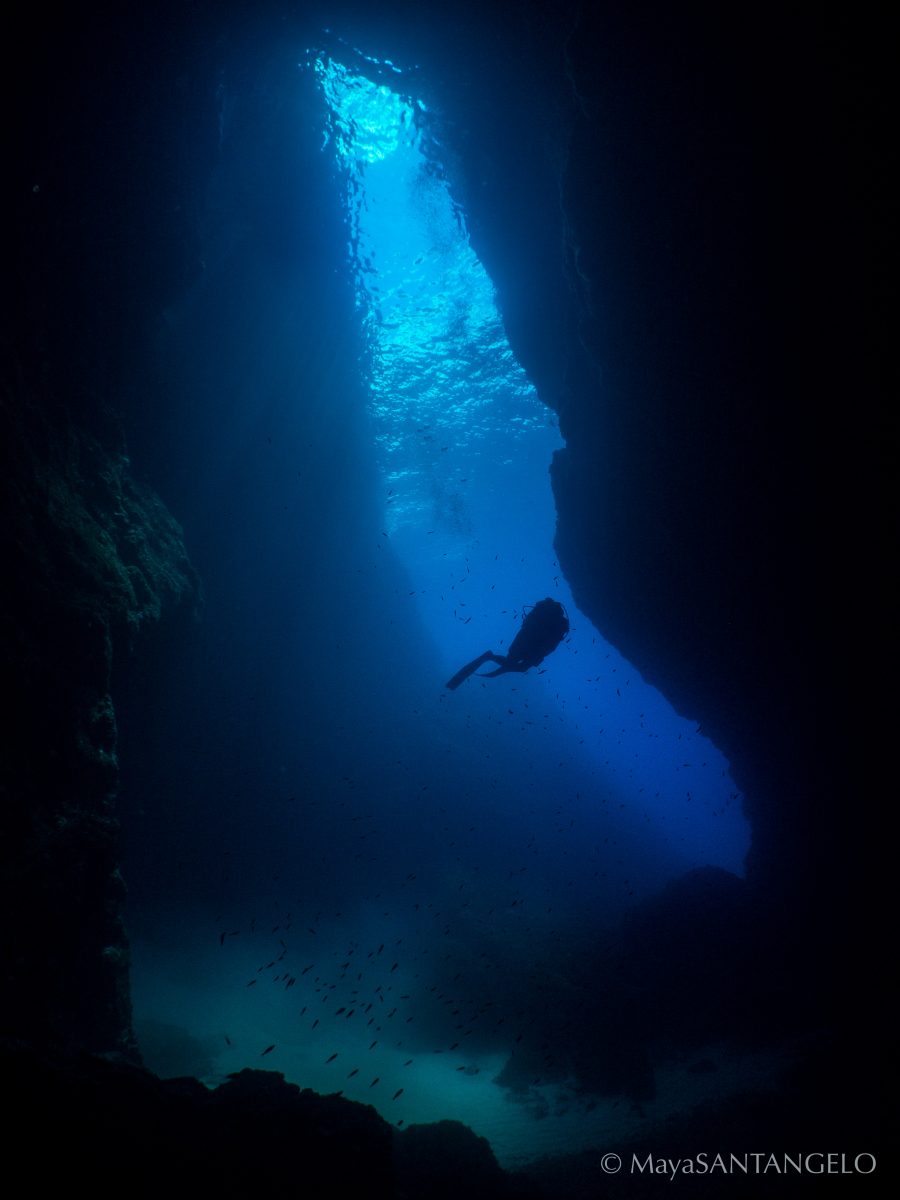

Heading out for our dives on only our second day, we were surprised by an unmistakable pair of fin tips breaking the surface, and treated to a very lucky hour-long encounter swimming with a very rare, black-morph oceanic manta ray.

After getting the all-important identification shots of its ventral surface, Danny was even able to jump in with the 360 camera to practice using the rig – not a bad test subject!
With such a special encounter to kick off the trip, we were feeling very hopeful for good things to come to get the dream 360 shots of the mobulas Danny was hoping for. Of course, when dealing with marine life, rarely do things actually go to plan…
After a full week of diving, only hearing about sightings of mobulas from other divers, we grew anxious of whether we would actually get our chance to film these elusive devils at all. With the final team member, Shawn Heinrichs – underwater media and conservationist extraordinaire – joining the group, we set out on day number 8 towards the Ambrosio sea mount for another hopeful search for mobulas.
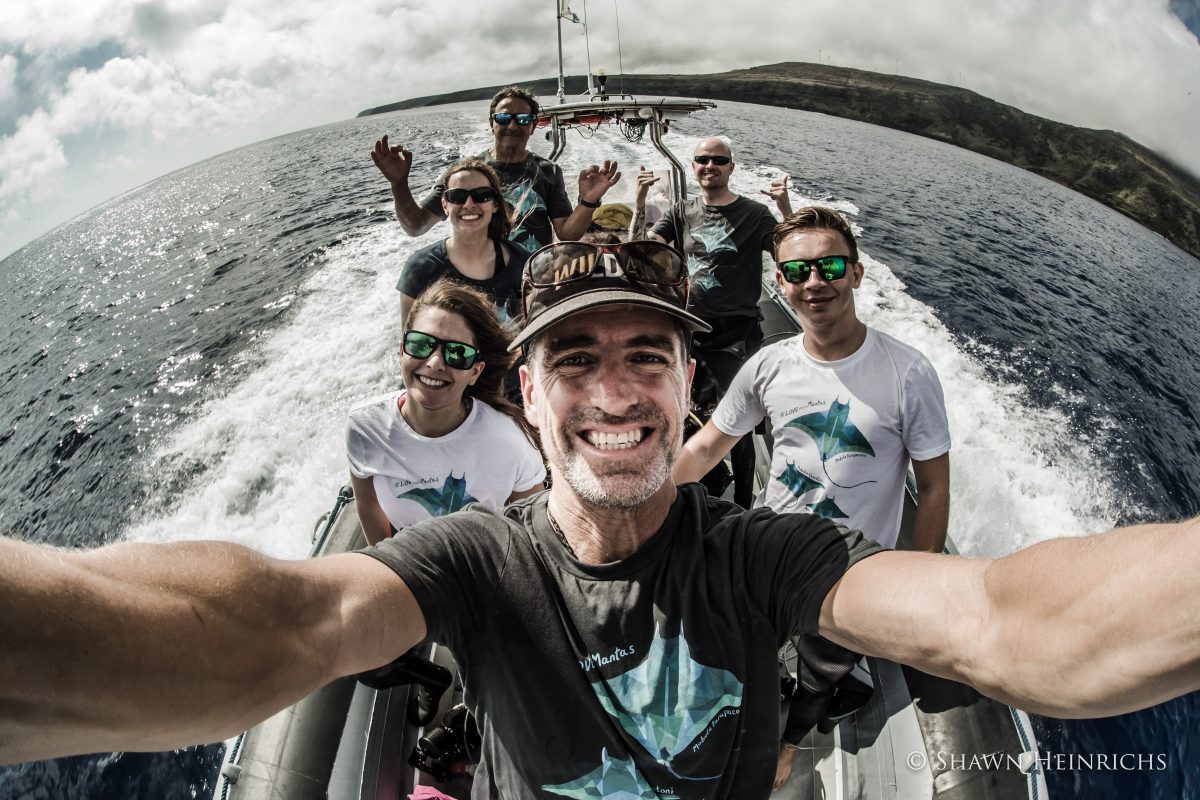
We rolled in and positioned ourselves at different depths along the mooring line. Clinging to the line in the strong current, we kept our eyes peeled out into the open blue water for any sign of life. Finally, out of the blue, there they soared, the devil horn-like shape of their rolled cephalic fins absolutely unmistakable. Approaching in perfect formation, wings beating so gracefully they appear to move in slow motion, there is no other way to describe the vision than as a squadron of elasmobranch fighter jets.

When I first became involved in this project, I honestly couldn’t get my head around the concept of “mini mantas”. Despite the obvious smaller size compared to their larger relatives, the manta rays, I didn’t fully understand the idea behind the name… until I finally got to experience them myself. Often considered to be more elusive than their charismatic manta ray cousins, experiencing the mobula rays of Santa Maria busted all pre-conceived ideas I’d had about these animals. Suspended in the blue above the sea mount 40m below, the mobulas circled and danced all around us. Experiences with such interactive, curious and intelligent animals are truly unforgettable.
Now, it would be really nice to just say everything fell together perfectly to easily pull off this film and we went on to save the mobulas/world… (Spoiler alert! I’ll be sharing all about that in my next blog).
One of the most interesting aspects of this experience for me was realizing and witnessing the challenges that come with the game of underwater filmmaking. On top of that, throwing ourselves in the deep end with the virtual reality technology saw us dealing with a different kettle of fish entirely.
The remainder of the 3 weeks on Santa Maria can easily be described as “character building”. I’m just kidding. Between technical difficulties with the 360 camera rig, countless dives staring out into the blue abyss above the Ambrosio seamount waiting for the mobulas, early morning wake ups for 360 sunrise timelapse shot attempts, and unfavorable weather and dive conditions, this experience certainly had it’s challenges.
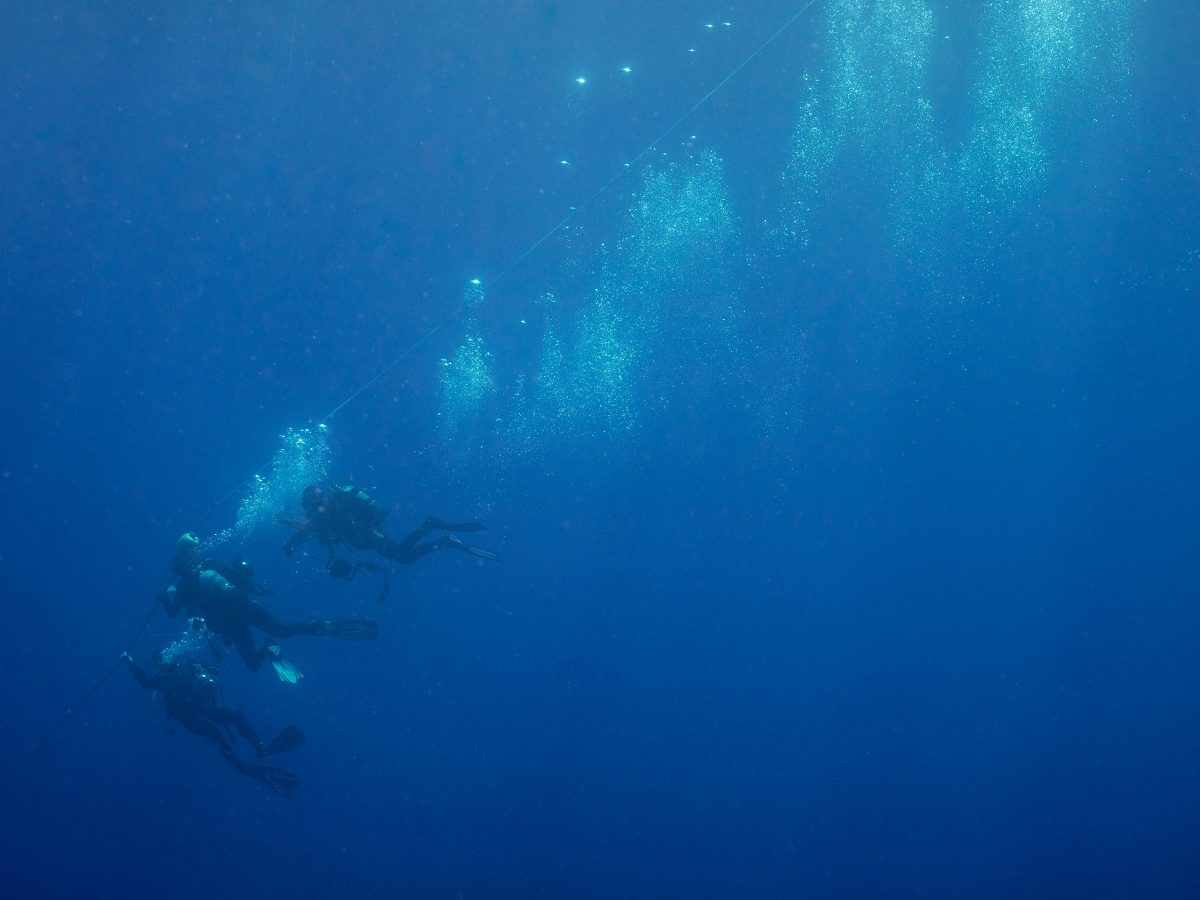

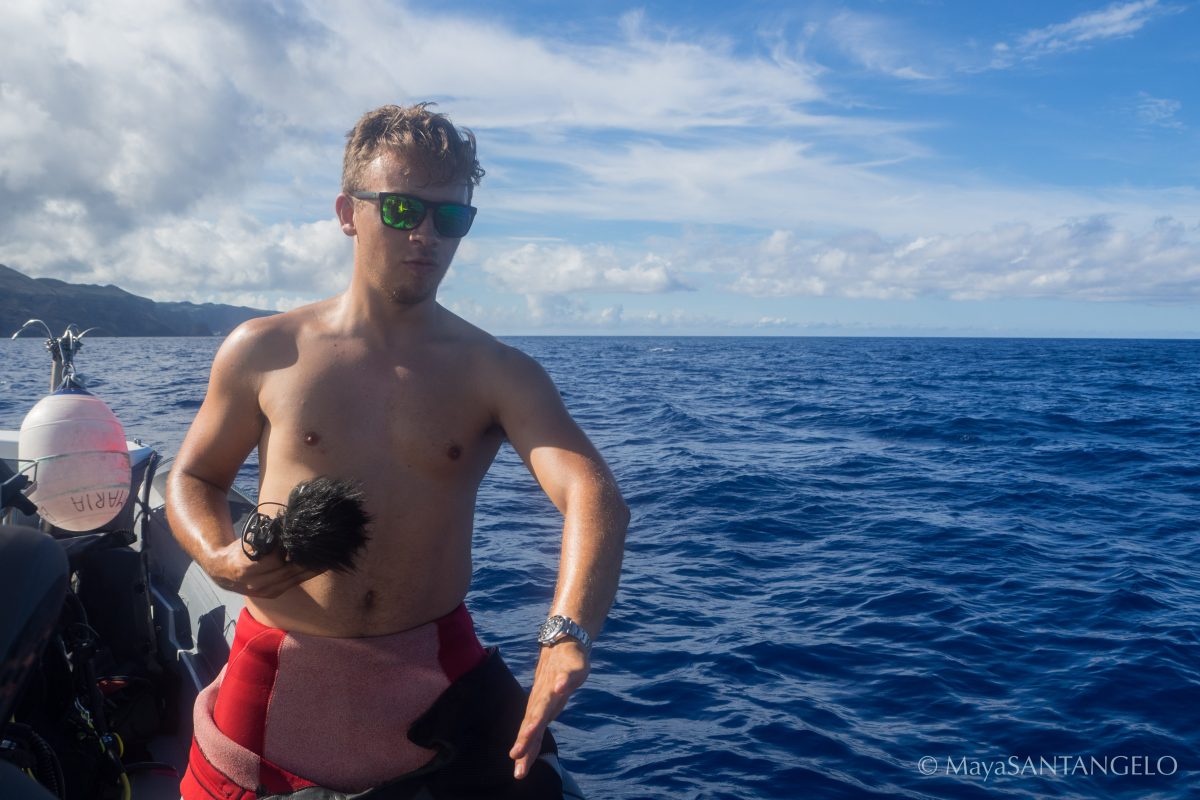
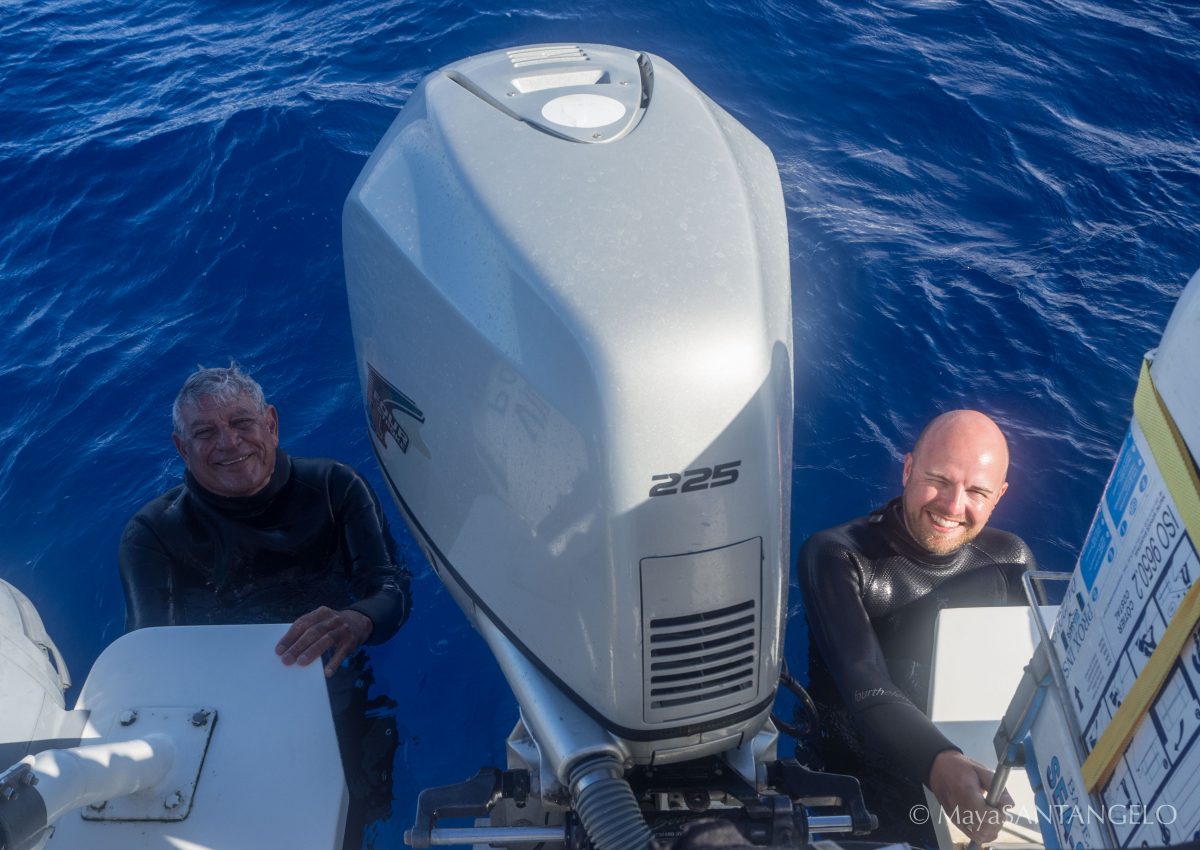
The rewards, however (for me at least), were not just in the opportunities to dive with incredible animals, work alongside talented and dedicated researchers and filmmakers, and assist in a really unique production… but in knowing what was to come after we left the island. Working hard together up until the final possible hour, we wrapped it up knowing that we were one step closer to bringing the mobulas to life at the frontline of conservation at CITES, and we couldn’t wait to see it put into action.
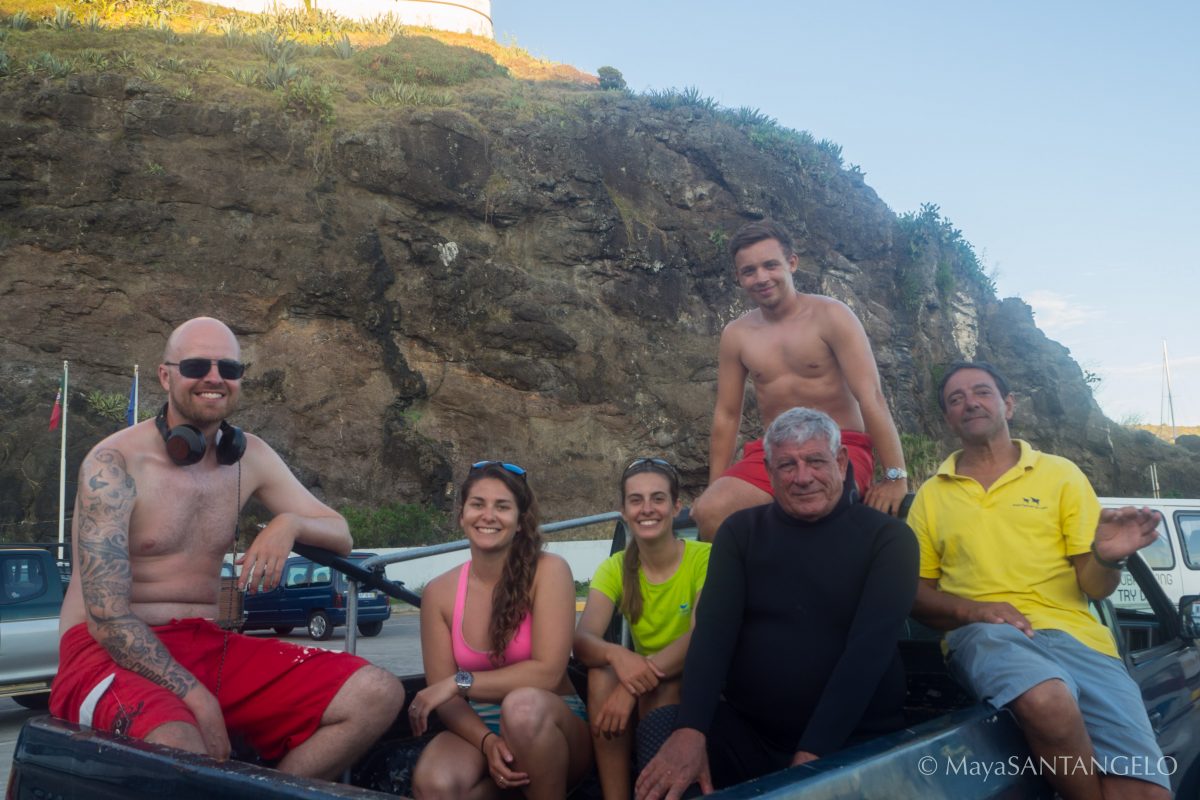
Stay tuned for part two of this story in my next blog!
To see more of this experience – watch the behind the scenes film put together by Award Winning underwater cinematographer and shark conservationist, David Diley!


